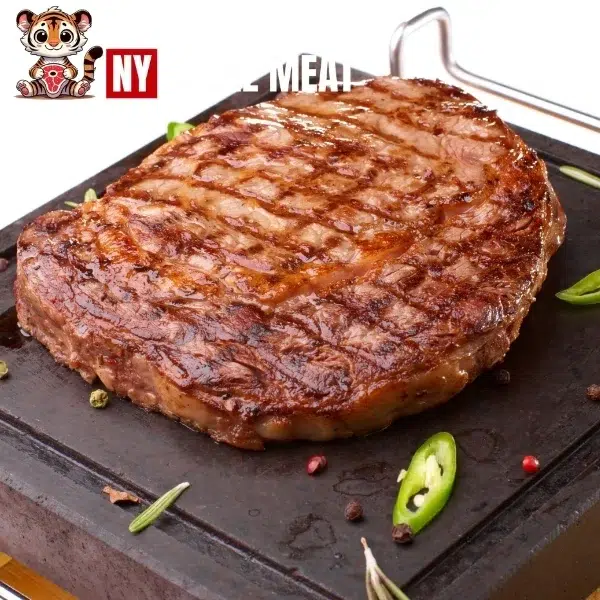Why Meat Needs Resting Time After Cooking
Why Meat Needs Resting Time After Cooking: Essential for Tender and Juicy Results
After cooking a delicious piece of meat, whether it’s a juicy steak, roasted chicken, or a tender lamb chop, one step often overlooked is allowing the meat to rest before cutting. This simple process plays a vital role in ensuring that the meat remains flavorful and tender. Let’s explore why resting meat is essential for achieving the perfect meal.
What Happens When Meat Cooks?
When meat is cooked, the muscle fibers contract and release moisture. As the heat builds up, the juices inside the meat move toward the surface. Without resting, those juices would escape when you cut into the meat, leaving it dry. Resting the meat allows the juices to redistribute throughout, keeping the meat moist and flavorful.
The Science Behind Resting Meat
Resting meat gives it time to cool down slightly after cooking. During this period, the juices, which were pushed to the surface by the heat, move back through the muscle fibers. This helps the meat maintain its moisture, tenderness, and overall flavor. If you cut into the meat too quickly, the juices will run out, resulting in a drier, less flavorful dish.
How Long Should Meat Rest?
Resting times vary depending on the type and size of the meat:
- Steaks and Chops: 5 to 10 minutes.
- Roasts: 15 to 30 minutes, depending on the size.
- Poultry: 10 to 20 minutes.
A general guideline is to let the meat rest for about 10 minutes for every inch of thickness.
The Benefits of Resting Meat
- Enhanced Flavor: Allowing the meat to rest ensures the juices are redistributed, resulting in a more flavorful and evenly seasoned piece of meat.
- Better Texture: Resting helps maintain the meat’s tenderness by giving it time to relax and reabsorb moisture.
- Juicier Meat: By resting the meat, you prevent the juices from leaking out when you cut into it, ensuring the meat stays moist and juicy.
- More Even Cooking: Especially with larger cuts, resting helps the meat finish cooking evenly, resulting in a uniform temperature throughout.
How to Rest Meat Properly
- Cover Loosely: After cooking, place the meat on a plate or cutting board and cover it loosely with aluminum foil. This will retain heat while allowing the meat to cool gradually.
- Avoid Pressing: Do not press down on the meat while it rests, as this can force the juices out.
- Uncovered for Smaller Cuts: For small cuts like steaks, it’s fine to let them rest uncovered, as they will not lose heat too quickly.
Conclusion
Resting meat is a simple but crucial step to ensure that it stays tender, juicy, and full of flavor. This short waiting period allows the juices to redistribute, making each bite more satisfying. Next time you’re cooking meat, remember to let it rest, and you’ll enjoy a much more delicious meal.Visit Site

Additional Tips for Cooking Perfect Meat
- Use a Meat Thermometer: To avoid overcooking and ensure the meat reaches the perfect level of doneness, use a meat thermometer.
- Slice Against the Grain: When cutting into the meat, always slice against the grain. This breaks up the muscle fibers, resulting in a more tender texture.
Resting is a small but important step that can transform your meat dishes, making them juicier, more flavorful, and perfectly tender.


